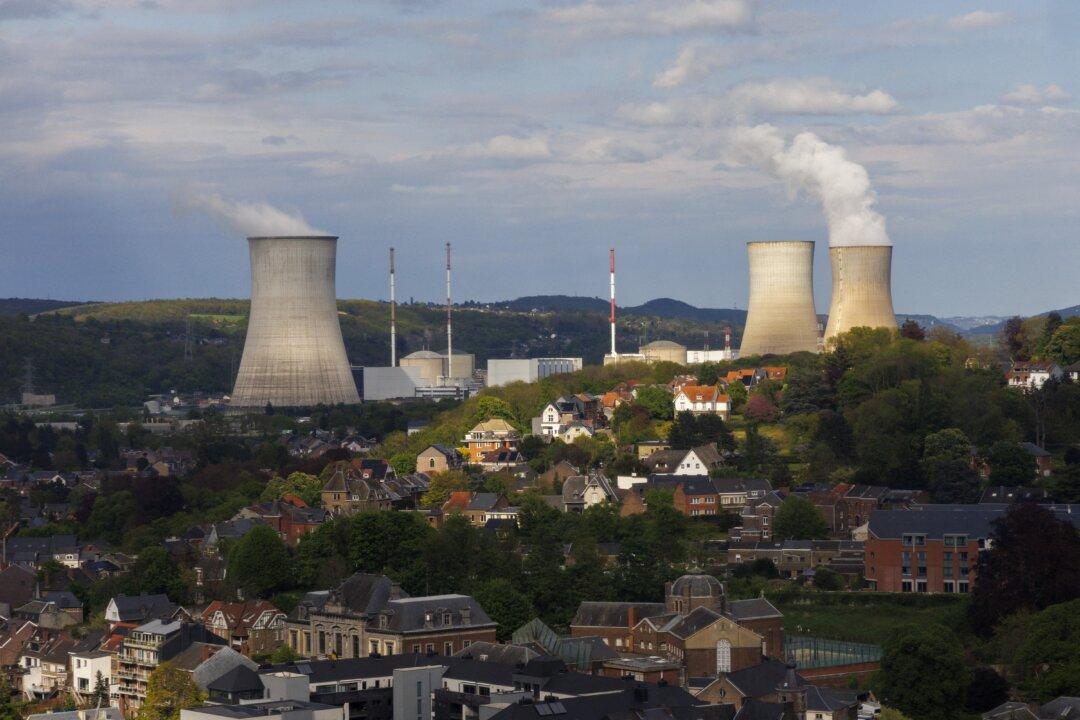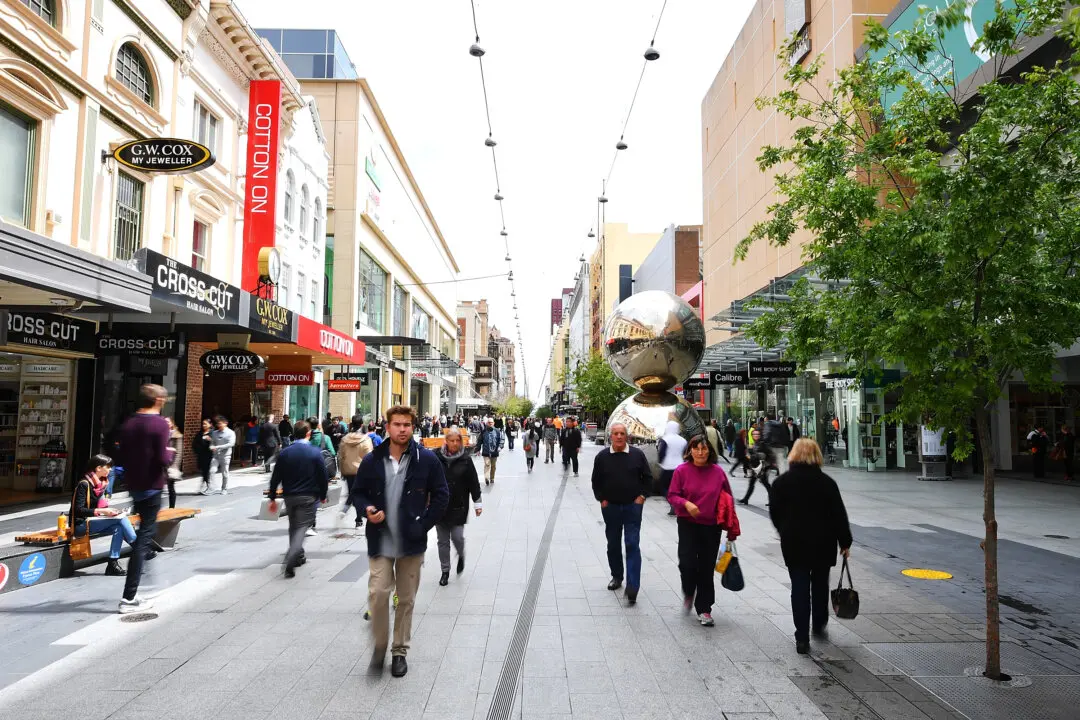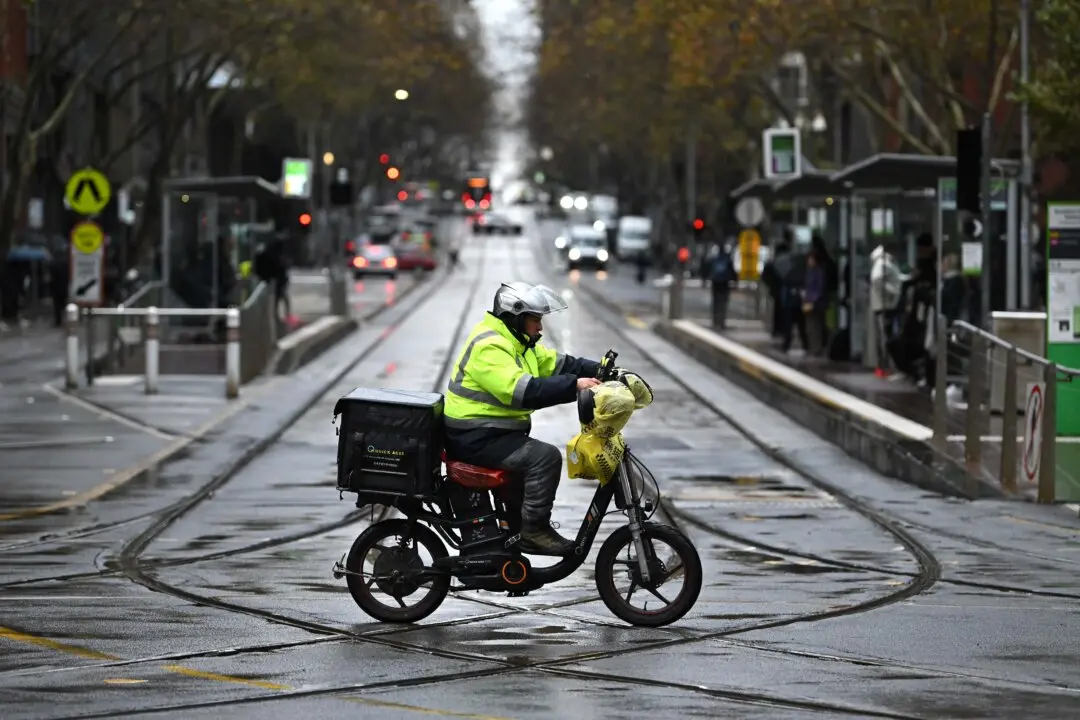Agriculture Minister Murray Watt has claimed 12,000 farms could come under a “radiation alert zone” if the opposition’s nuclear energy policy comes to fruition.
Mr. Watt also raised concerns nuclear reactors could draw from the nation’s water source, potentially at the expense of farmers—a comment that has been criticised by the opposition Nationals leader.





